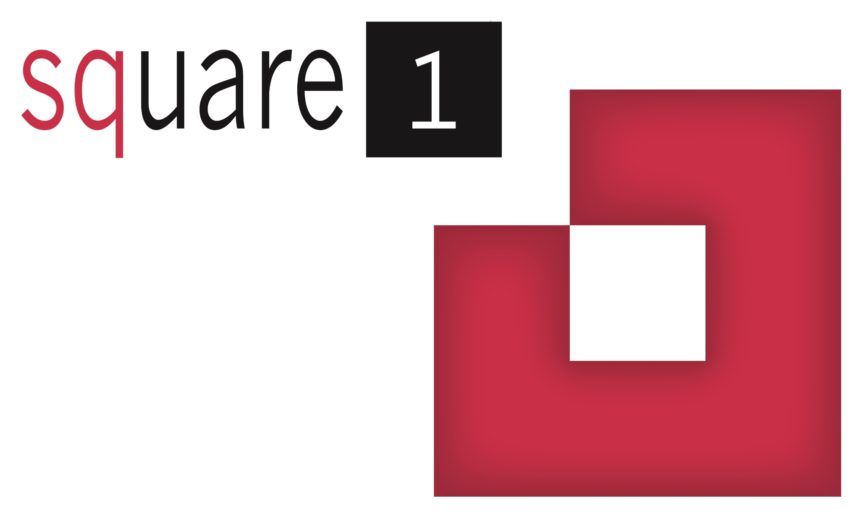As marketers, we all face a similar challenge: take a client’s product or brand and make it bigger, better, badder, faster, and deliver an ROI that makes your client’s boss take notice. How one goes about solving that challenge is where there comes a fork in the road—do you simply arm a sales force, tell them to “sell, sell, sell!” and then go ride off into the sunset? Or do you take the more challenging road less traveled and figure out how to maximize product utilization first?
If you subscribe to the former, you likely have a rather large library of patient materials and sales collateral, not to mention a large sales force at your disposal to distribute these and other materials. This certainly puts you in position to flood the market, but what about utilization? If the product you are pushing collects dust on a shelf or in an OR, you have a big problem.
At Square 1, we abide by the latter, meaning we think about the end user as the beginning of our strategy, not as an afterthought. This is what we call starting at “square 1.” Instead of thinking about pushing boxes, we think about the end user (patient or physician): Who are they? How do they feel? What are their needs? What are their barriers to product uptake? We then leverage these attributes to inform and drive our tactical strategy, and it works. Well.
Sure, you need to get your tangible product into the marketplace. But we’ve found that the true key to our (and our clients’) success is figuring out what makes the end user tick and what makes them more likely to 1) use your product, 2) remain a loyal brand user, and 3) tell their family, friends (Facebook and “real” varieties), coworkers, and neighbors about their fabulous experience. It’s a tougher road, but the ROI makes it totally worth the trip.
Using this strategy in one particular case, we conducted a product relaunch for WaveTec Vision (recently acquired by Novartis for $350 million) that increased capital equipment sales by 410% and procedure volume by 637%.
The secret to our success was assembling a thoughtful tactical cascade that approached end-user utilization from three angles: education, motivation, and communication. This approach not only helped get the technology, called the ORA System, into more practices, but it also ensured that the practices could sell patients on the technology.
First, we needed to educate (sell) surgeons on the technology. To create product awareness, we launched a creative rebrand that actually made surgeons believe the product was new, not just a software upgrade. (See our creative campaign here) Our creative and tactical execution combined with early and impressive outcomes data made getting more units in the field a slam dunk.
With sales on the rise, we wanted to then educate surgeons and staff on how to use the technology. To do this efficiently, we created an online training portal. Not only did this eliminate the need for more bodies in the field, but it also allowed the client to track each practice’s progress.
Then, to motivate surgeons to continue providing data (which was needed to show future customers that the technology could deliver on outcomes), we developed a HIPAA-compliant app that integrated seamlessly with the client’s existing data-collection interface and gave surgeons and technicians the flexibility to enter data whenever and wherever it was most convenient. The app also aggregated global data and showed surgeons how their outcomes compared to their peers, which helped promote compliance with data entry.
Finally, to address communication and facilitate practice-patient interaction (selling procedures), we created a customizable collateral builder. The customizable resources helped practices take ownership of the materials and technology and allowed customization for relevance based on a patient’s needs.
Together, our three-tiered approach fueled a self-sustaining process that could drive sales and maximize utilization–almost all on its own.
In a business where utilization is the name of the game, Square 1 sees the end user as the beginning of every successful strategy. Increasing sales doesn’t always cut it, and if a strategy isn’t thought through from finish to start, you run the risk of your efforts (and your client’s precious marketing dollars) coming up short.
To see other examples of our unique way of tackling challenges, take a look at our blog. Or you can email us at [email protected] or call (949) 390-5900.







